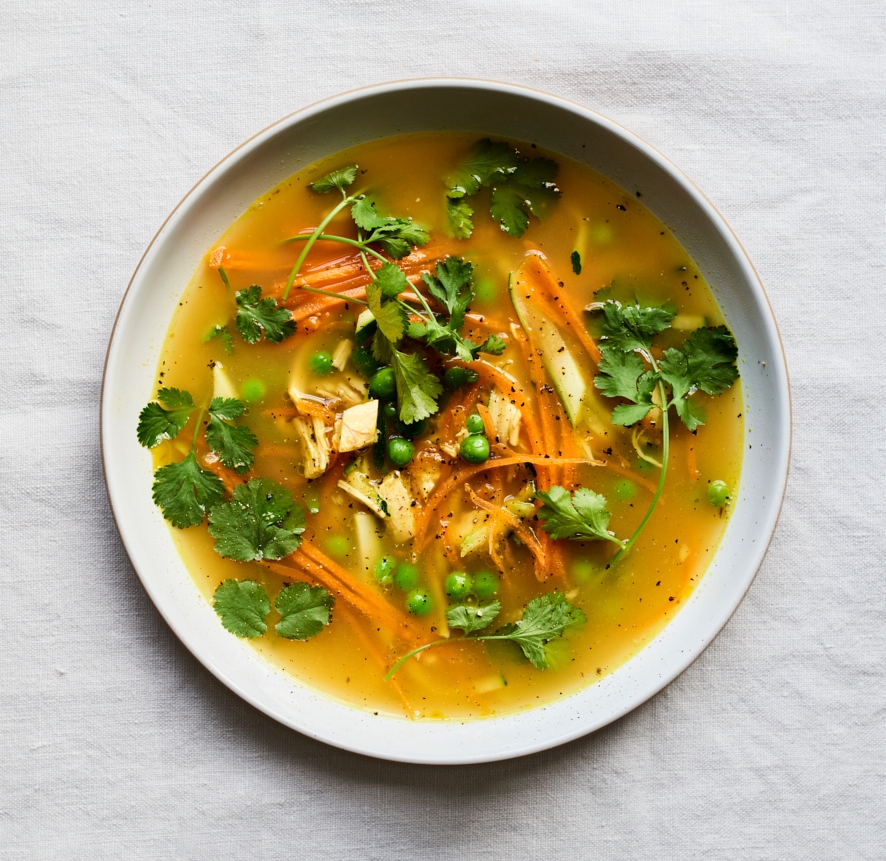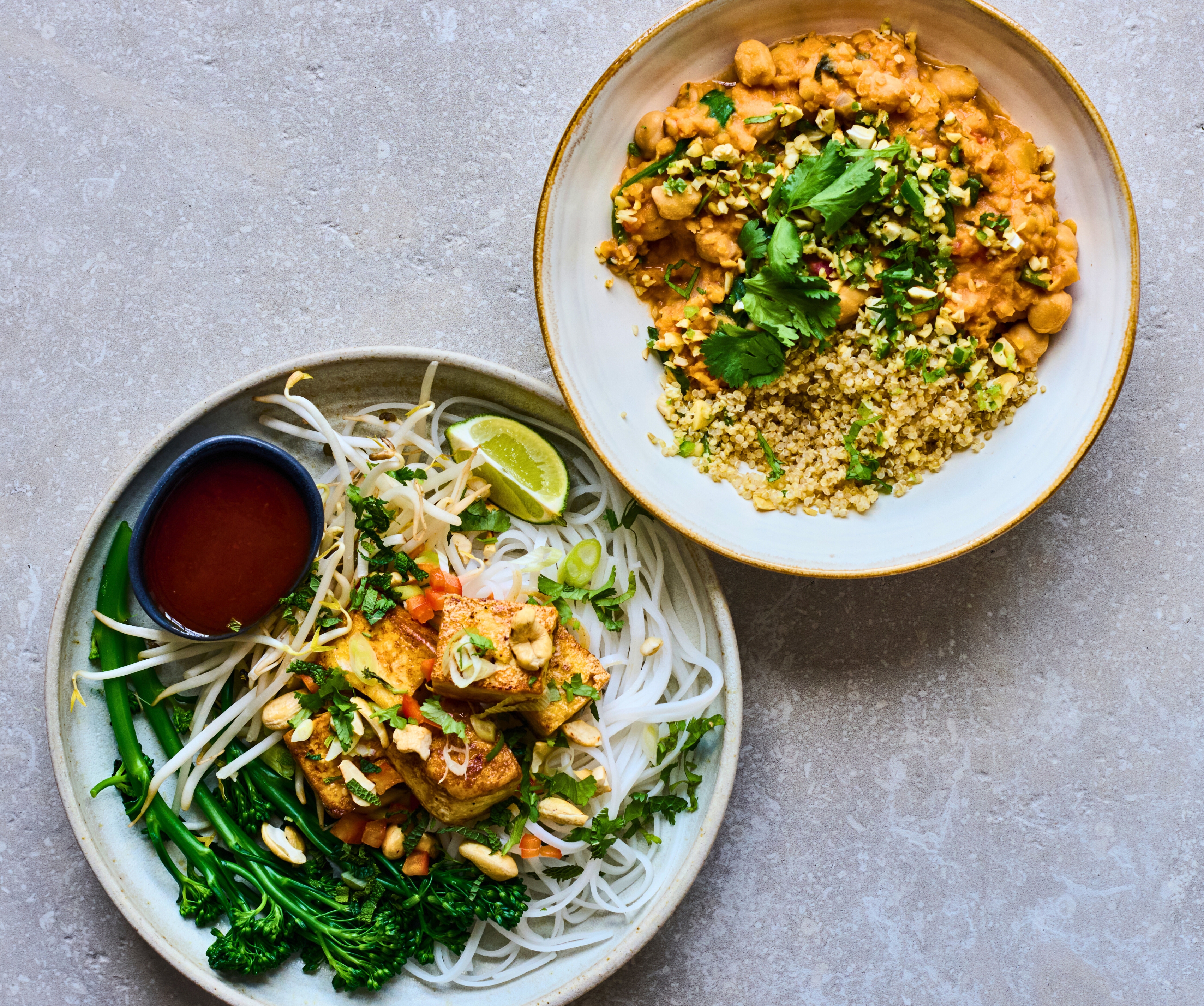16 Jun, 2024
Summer Nutrition with Phoebe Liebling
Why do we crave lighter foods in the summer? What's in season and how to make the most of these ingredients for optimum nutrition in summer? We speak to our Nutritional Therapist, Phoebe Liebling, all about seasonal foods and how to look to our diet to feel our best this summer!
FoodI don’t know about you but I am a hugely seasonal person.
And when I say this yes I mean I am a huge proponent of eating seasonally, but I also adapt my dietary and lifestyle habits, as I feel and function totally different between summer & winter too. Which when you start to pick apart what the seasonal changes tell our physiology, makes total sense.
Daylight
If we are to be unpoetic, we eat to provide our body with the raw materials to make energy. But this is not only where energy comes from. Our innate daily cycle of when we feel wakeful and when we feel tired is governed by two hormones - cortisol & melatonin - and the efficacy of these is in turn governed by our exposure to natural light. So as a very simple first step in terms of understanding our seasonal variations in food habits we can see a link here.
During the summer the days are much longer, in fact in 2022 there was an 8 hour and 49 minute difference in daylight hours between the December & June solstices (our shortest & longest days of the year). So our circadian rhythm contribution, in terms of our energy levels, is far more impactful on our overall requirement each summer day versus each darker wintry one. When teams at the University of Massachusetts Medical School & the University of Georgia researched this more closely, they found this to correlate with an average fall in energy intake from food during the summer months of ~200kcal per day. We also tend to drink more water unconsciously when it’s warmer and as dehydration is often confused for hunger, this can contribute to a fall in overall calorie intake too.
Temperature
Another key contender in this interesting web, and actually another quite obvious one when we take a minute to think about it, is that of temperature on hunger signalling. Again using myself as an example, because what better guinea pig do I have at my disposal, I know I am definitely hungrier in the winter. If on a summer’s day I find myself more than satisfied by 3 meals, or even 2 meals and a snack if it is really hot, in the winter I will absolutely supplement that framework with additional snacks or things like hot cacao or another almond milky latte situation. And this is because maintaining our body temperature is an energetic process. We need energy in the form of calories from food to stoke those internal fires. We are also balancing out the impact of keeping ourselves wakeful and energetic when it is darker.
I would also highlight that digestion is a heat producing reaction (AKA exothermic), so if we are hot, our appetite decreases as a natural way to help our body cool down. When warm we also tend to digest more slowly which keeps us feeling fuller for longer, thus decreasing our hunger further. If you wanted to, you could measure your body temperature before a meal and then again 20-30 minutes afterwards. You would see an increase of a few degrees, which is a reflection of those internal metabolic reactions occurring.
How to eat in summer
Wrapping this all up into a nice neat, edible parcel for you now, I obviously want to finish by relating this all to the foods we choose to eat at different times of year. From all the bits above we can see that during the summer our urges for lighter, cooler foods, fewer of the stodgy style carbohydrates and heavy proteins, in addition to often having smaller portions overall, come from a number of different places. We don’t need or want to produce so much heat as a result of our digestive process, and we don’t need as much in terms of caloric intake.
Therefore, we will veer towards brighter, fresher dishes using all the beautifully vibrant seasonal produce, such as asparagus, fennel, courgette, runner beans & new potatoes with a zesty dressing. We then will usually combine this with a less hearty protein source such as tofu, poultry or fish rather than those things we seek in winter that will create more exothermic energy as we break them down. It’s interesting how if we listen to and live in tandem with nature, it will always give us exactly what we need when we need it….
What's in season?
Eating seasonally not only supports a localised food system but tastes infinitely better and ensures that the food you are eating is richer in nutrients. It’s no surprise that when your fruit and vegetables are either being kept in shipping containers for days on end, or being grown with artificial light and heating, they will lose some of their nutritional value. So next time you reach for that veggie, it is always worth checking whether it’s sourced from the luscious green fields of Dorset or Mexico.
VEGETABLES: artichoke, asparagus, aubergine, beetroot, broad beans, broccoli, sweetheart cabbage, carrots, cauliflower, courgettes, cucumber, fennel, French beans, garlic, kohlrabi, lettuce, mangetout, marrow, wild nettles, new potatoes, onions, Pak choi, peas, peppers, radishes, rhubarb, rocket, runner beans, samphire, sorrel, spinach, spring greens, spring onions, summer squash, Swiss chard, tomatoes, turnips, watercress.
FRUIT: apricots, bilberries, blackcurrants, blueberries, cherries, gooseberries, greengages, raspberries, redcurrants, strawberries, tayberries.
FLAVOURS: basil, chervil, chicory, chillies, chives, coriander, dill, elderflower, mint, nasturtium, oregano, parsley, rosemary, sage, tarragon, thyme.
In order to ensure you are eating delicious, summer-friendly plates of food that are nutritionally-balanced and super satisfying, we suggest …
- Cooking a big batch of grains such as quinoa, brown rice, etc at the beginning of the week and keeping in the fridge to have cold with your salads. For example, try our chopped lentil salad or this 6-ingredient salad.
- Opting for lighter bases such as glass noodles made from mung beans, like in this kimchi-mustard noodle salad.
- Making a pot of dip that incorporates healthy fats from oils and lots of flavour to dollop on top of salads or spread onto sandwiches. Try this roasted celeriac, carrot and almond dip to share on the side.
- Prepping a variety of crunchy toppings, such as toasted nuts, seeds and croutons to add texture, variety and healthy fats to your meals, such as this crunchy, nutty salad.
- Experimenting with your dressings: instead of always whisking up a classic, easy vinaigrette, try a new dressing every week to keep your salads exciting and more flavoursome than ever, like this cashew caesar dressing.
- If you find too many raw vegetables hard to digest, we recommend roasting a large tray bake at the beginning of the week and keeping the roast veggies in an airtight container in the fridge to add cold to your meals. Here's a favourite traybake recipe.
Discover more of Phoebe's work here.
Try out our Fridge Fills for summer: pick 6 healthy, balanced meals of choice from our daily-changing menu to keep you nourished throughout the week when busy with summer plans.



